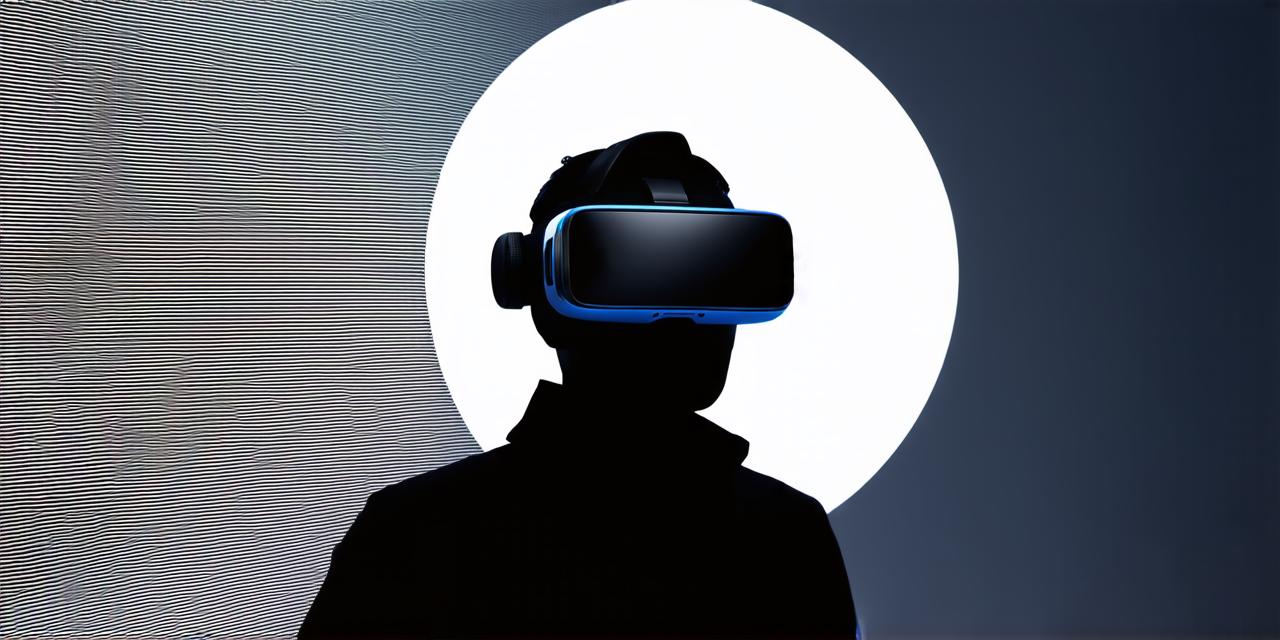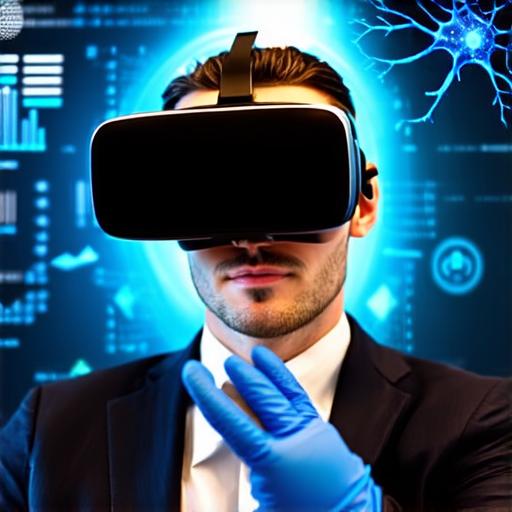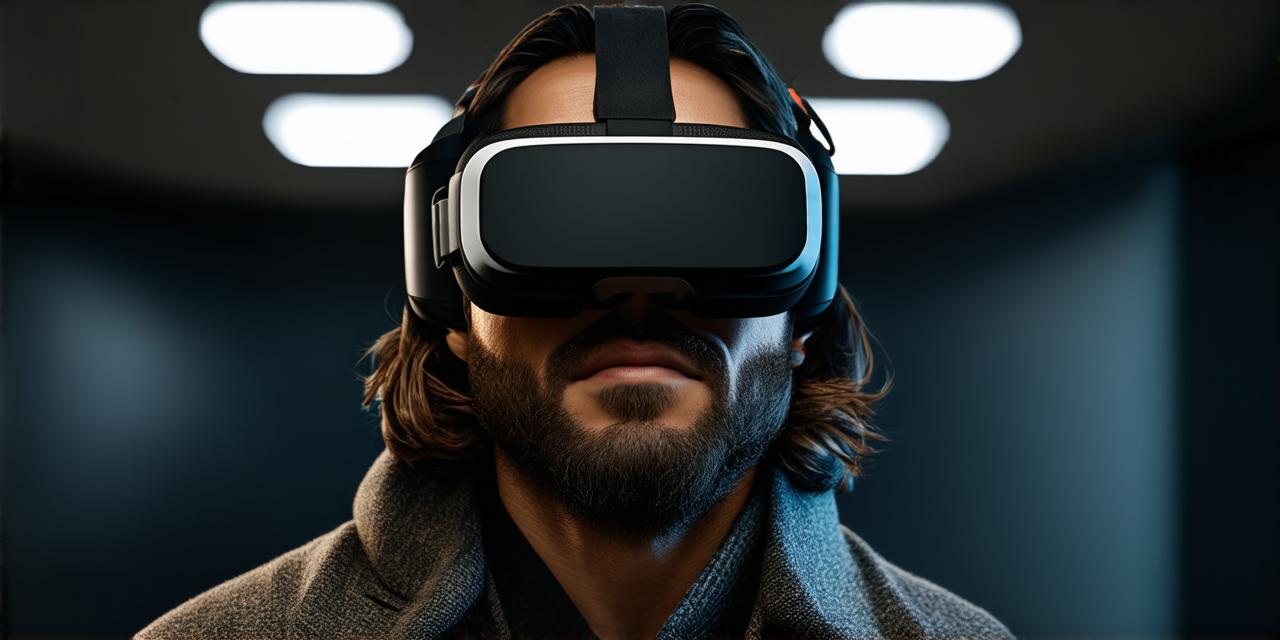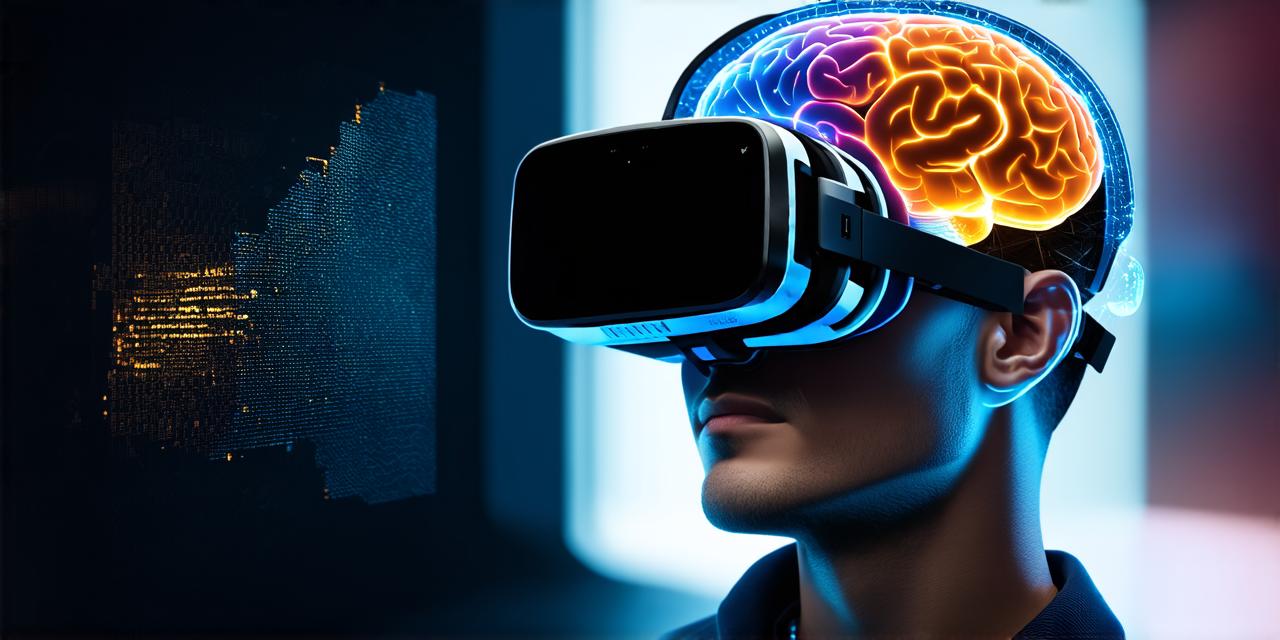
How is virtual reality used in psychology?
Virtual reality (VR) is a technology that simulates a 3D environment, allowing users to experience a computer-generated world as if they were really there. In recent years, VR has been used in a variety of fields, including psychology, to help people with mental health issues.
Table of Contents
Toggle1. Exposure therapy
One of the most common uses of VR in psychology is exposure therapy. This involves exposing a person to a situation or object that they fear or avoid in real life, in a safe and controlled virtual environment. For example, someone with a phobia of heights can use VR technology to simulate being on a tall building without the risk of actually falling. Exposure therapy has been shown to be an effective treatment for a variety of anxiety disorders, including post-traumatic stress disorder (PTSD), social anxiety, and specific phobias.
2. Cognitive-behavioral therapy (CBT)

CBT is a type of psychotherapy that helps people change their thoughts and behaviors to improve their mental health. VR technology can be used in CBT to help individuals with anxiety disorders practice relaxation techniques, such as deep breathing and progressive muscle relaxation. For example, a person with panic disorder can use VR to simulate a variety of triggers and learn how to respond to them in a calm and controlled manner.
3. Pain management
VR technology has also been used in pain management, particularly for people with chronic pain conditions. By immersing patients in a virtual environment, healthcare providers can distract them from their pain and help them relax. Studies have shown that VR can be an effective tool for reducing pain and improving mood in patients with conditions such as fibromyalgia, irritable bowel syndrome, and multiple sclerosis.
4. Therapy for addiction
VR technology has also been used to treat addiction. For example, a person recovering from alcoholism can use VR to simulate being in a bar or other triggering environment and practice resisting the urge to drink. Similarly, someone with an opioid addiction can use VR to simulate being offered drugs and practice saying no.
5. Mood regulation
VR technology can also be used to help individuals regulate their mood. For example, a person with depression can use VR to simulate different environments and activities that are known to boost mood, such as spending time in nature or exercising. By experiencing these virtual activities, individuals can learn how to regulate their mood and improve their overall sense of well-being.
Summary
Virtual reality technology is a powerful tool for treating a variety of mental health conditions. From exposure therapy and cognitive-behavioral therapy to pain management and addiction treatment, VR offers a safe and controlled environment for individuals to practice and improve their skills and behaviors. As VR technology continues to advance, it will likely become an even more important tool in the field of psychology.

